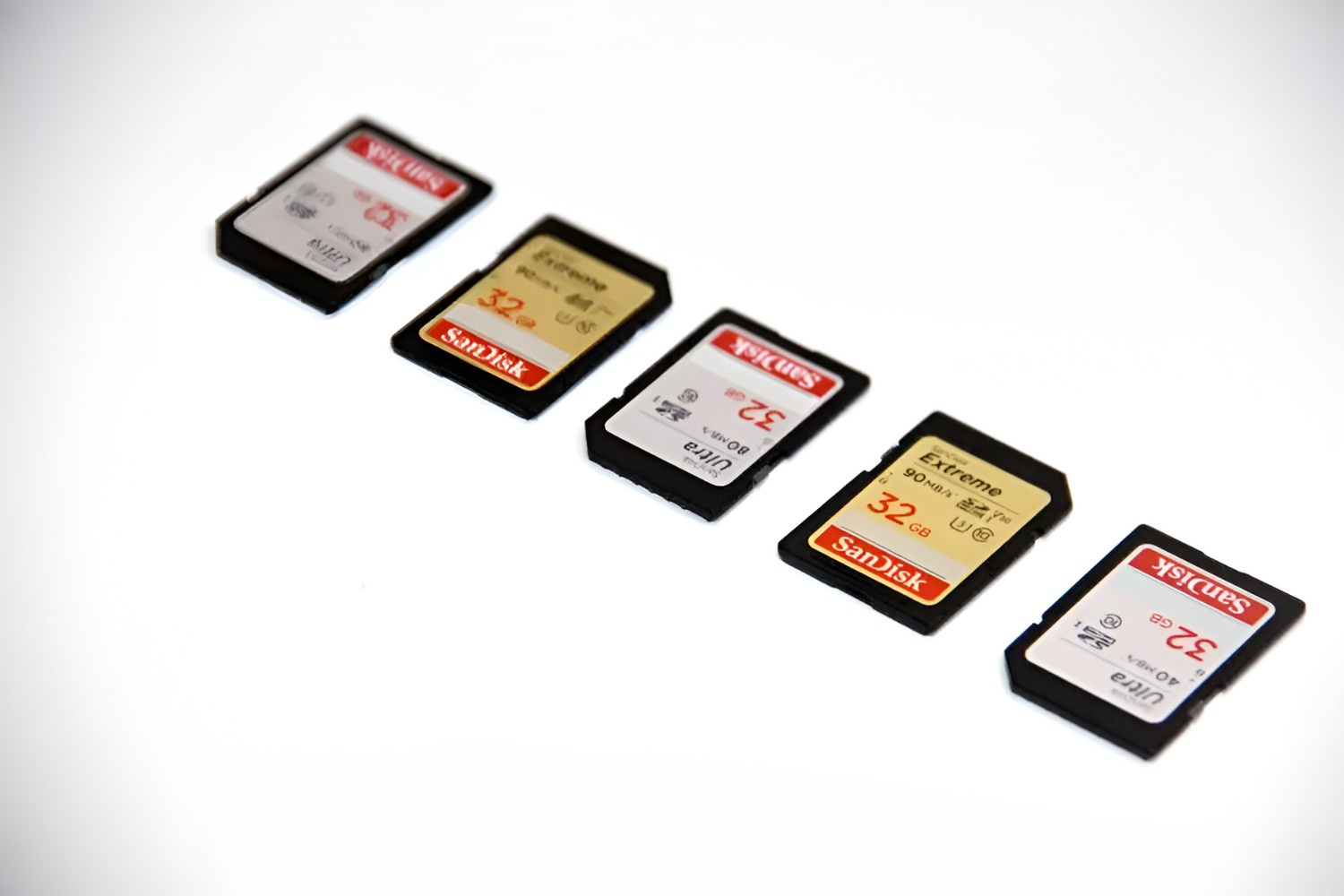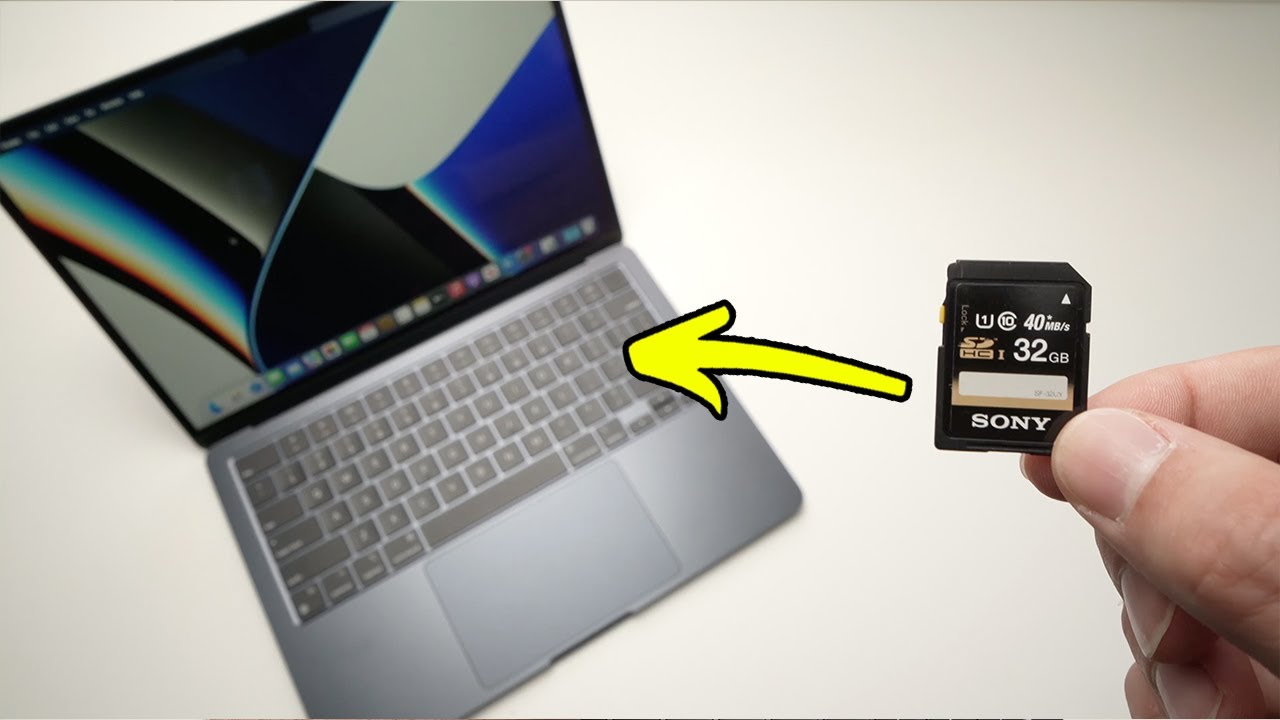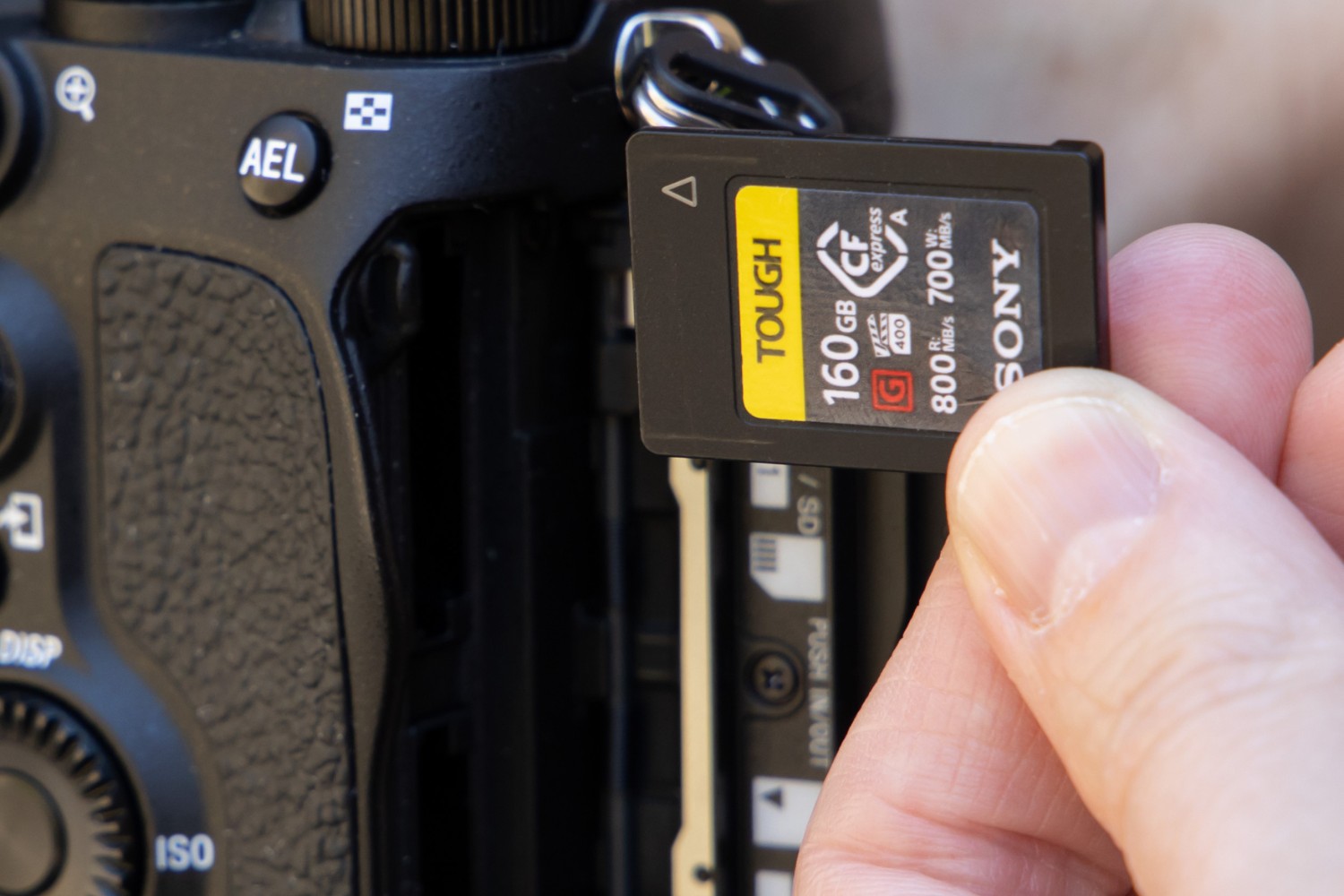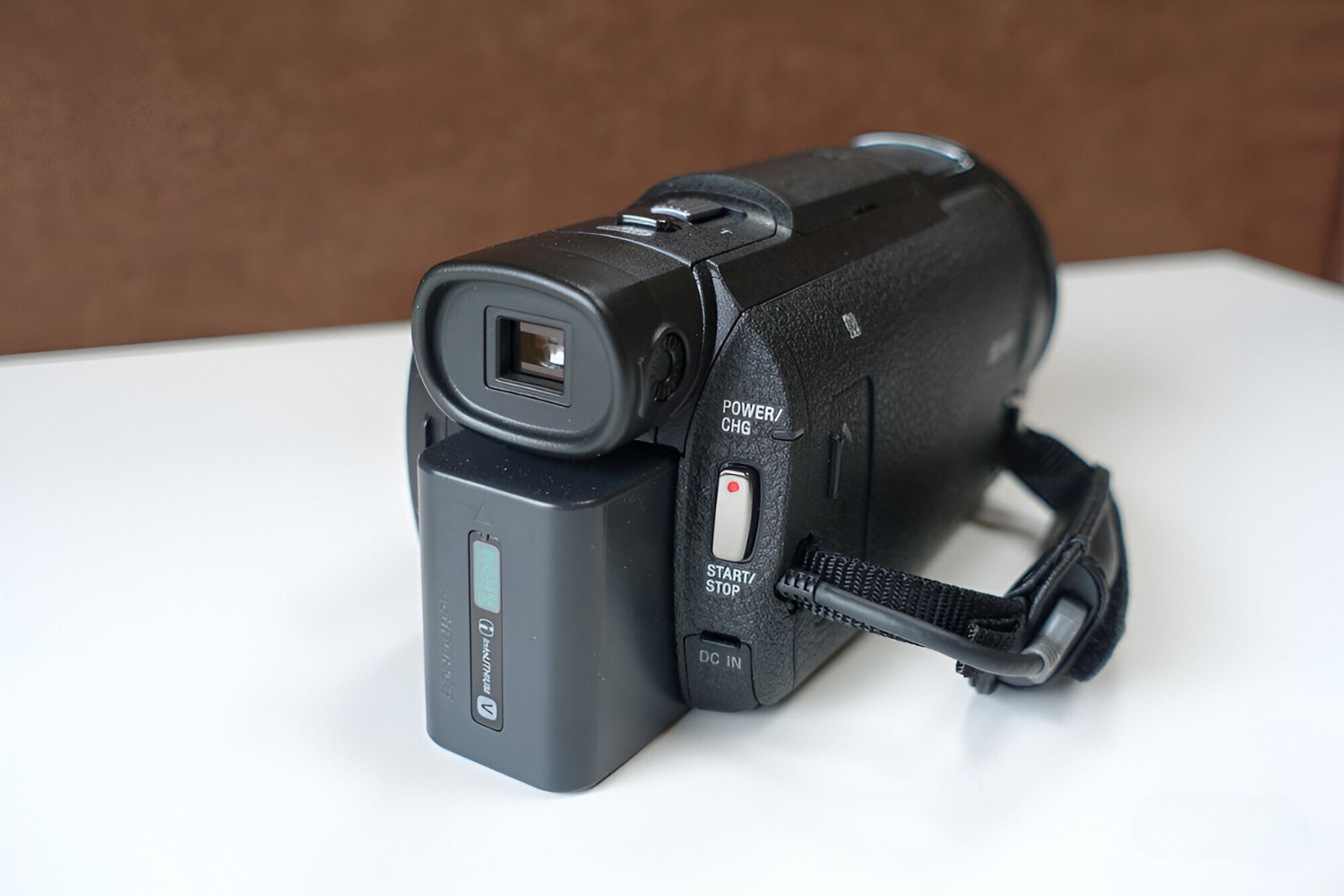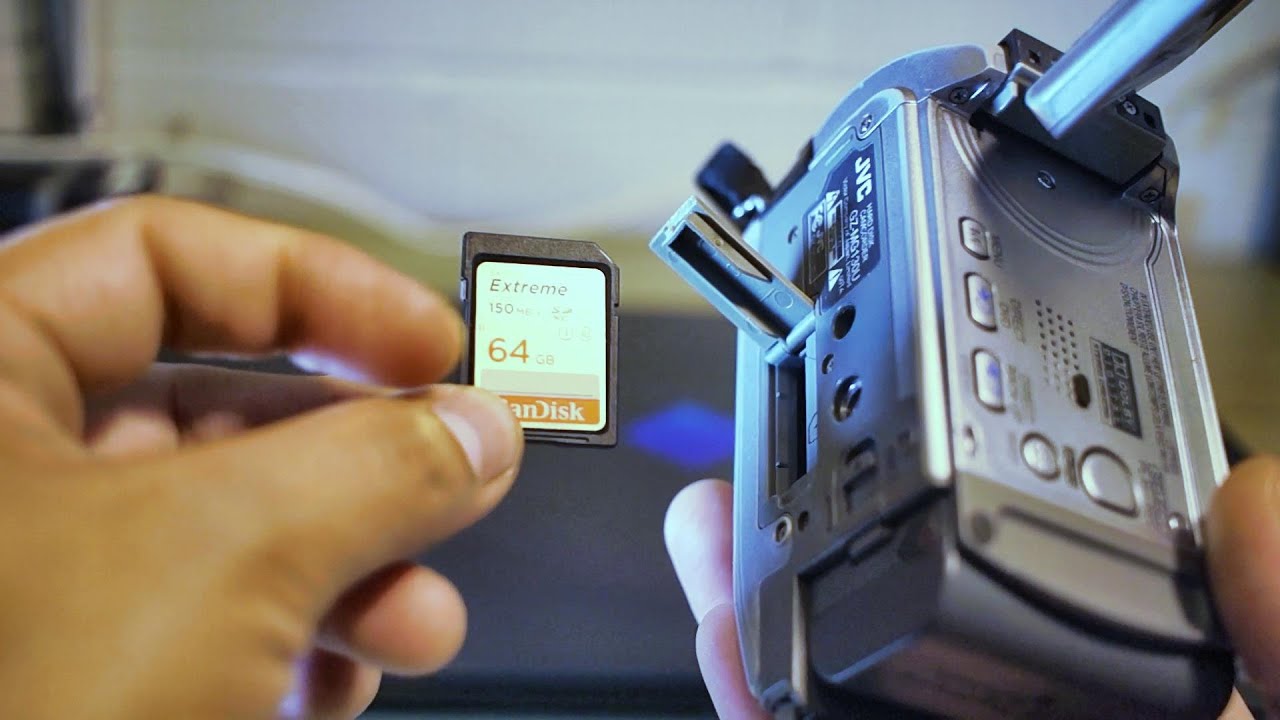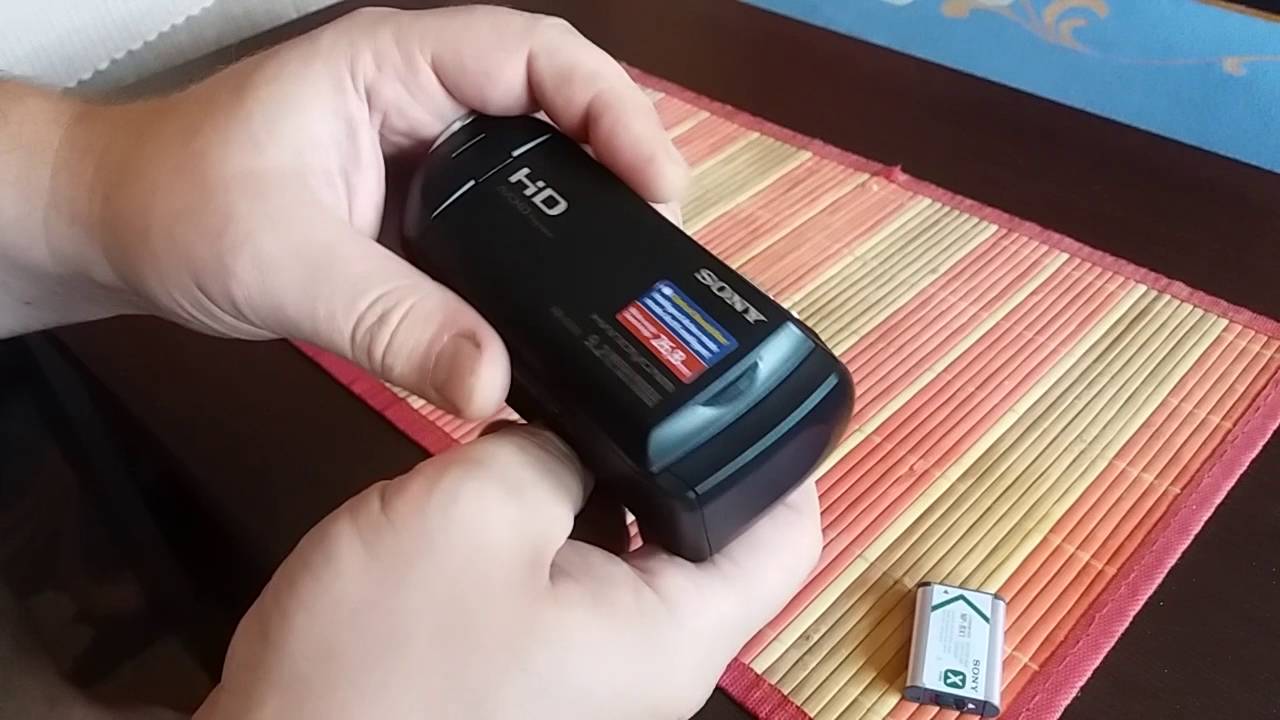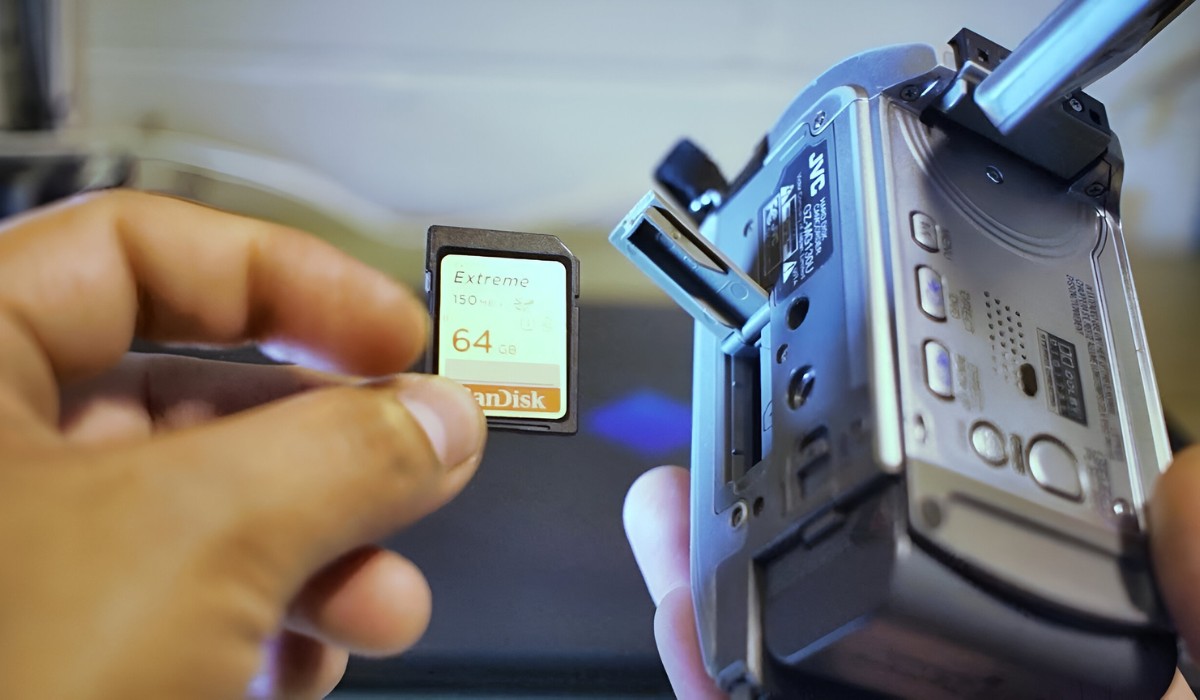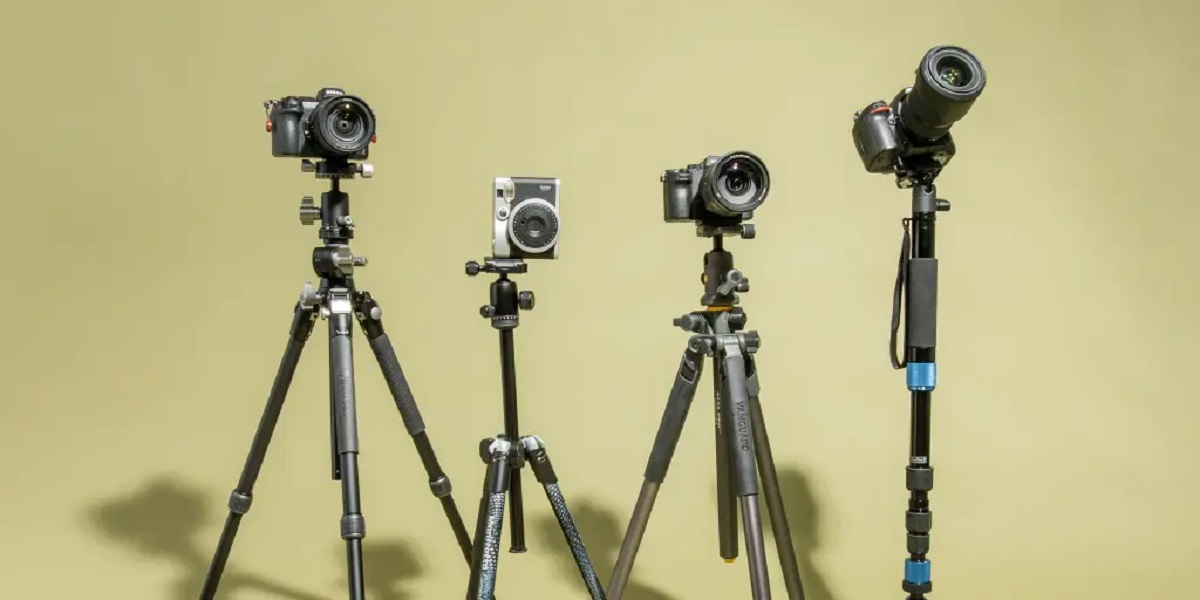Introduction
Choosing the right SD card for your camcorder is crucial for capturing high-quality videos without any hiccups. With the plethora of options available in the market, it’s essential to understand the factors that determine the ideal SD card size and speed for your specific camcorder model. From resolution requirements to speed class ratings, there are several considerations to keep in mind when selecting an SD card for your camcorder.
Whether you’re a professional videographer or an enthusiastic amateur, having the right SD card can make a significant difference in the quality and reliability of your video recordings. This guide will delve into the essential factors to consider when choosing an SD card for your camcorder, recommend suitable SD card sizes for different camcorder resolutions, explain speed class ratings for SD cards, and provide tips for using and caring for your SD card. By the end of this article, you’ll have a comprehensive understanding of how to select the perfect SD card for your camcorder, ensuring seamless and high-quality video capture every time.
Factors to Consider When Choosing an SD Card for Your Camcorder
When selecting an SD card for your camcorder, several key factors should guide your decision-making process. Understanding these factors will help you make an informed choice that aligns with your specific recording needs and the capabilities of your camcorder.
- Storage Capacity: The storage capacity of an SD card is a critical consideration, especially when recording high-definition videos. Higher resolution videos demand more storage space, so it’s essential to choose an SD card with sufficient capacity to accommodate your recording needs. For longer recordings or higher resolutions, opt for larger capacity SD cards such as 64GB, 128GB, or even 256GB to ensure you don’t run out of space during crucial moments.
- Camcorder Resolution: The resolution at which your camcorder captures videos directly impacts the type of SD card you should use. For standard high-definition (HD) camcorders, a Class 10 SD card is generally sufficient. However, if you’re using a 4K camcorder or capturing videos in ultra-high definition, consider using UHS Speed Class 3 (U3) SD cards to support the higher data transfer rates required for 4K video recording.
- Compatibility: Ensure that the SD card you choose is compatible with your camcorder. Some older camcorder models may have limitations on the maximum SD card capacity or may not be compatible with newer SD card standards. Check your camcorder’s manual or manufacturer’s specifications to determine the compatible SD card types and capacities.
- Reliability and Durability: For professional videographers or those frequently recording in challenging environments, opt for SD cards designed for durability and reliability. Look for features such as water resistance, shock resistance, and temperature tolerance, especially if you anticipate using your camcorder in outdoor or rugged settings.
- Speed Class Rating: The speed class rating of an SD card indicates its minimum sustained write speed for recording video. Higher resolution videos and faster frame rates require SD cards with higher speed class ratings to ensure smooth and uninterrupted recording. Understanding the speed class rating system will be further elaborated in the subsequent section of this guide.
Considering these factors when choosing an SD card for your camcorder will empower you to make a well-informed decision that optimizes your video recording experience and ensures compatibility with your camcorder’s capabilities.
Recommended SD Card Sizes for Different Camcorder Resolutions
Matching the right SD card size with your camcorder’s resolution is crucial for seamless and uninterrupted video recording. Different resolutions and recording formats demand varying amounts of storage space, and choosing the appropriate SD card size is essential to avoid running out of storage capacity during crucial moments. Here are the recommended SD card sizes for different camcorder resolutions:
- Standard High-Definition (HD) Camcorders: For camcorders recording in standard HD resolutions (720p or 1080p), a Class 10 SD card with a capacity of 32GB or 64GB is typically sufficient. These sizes provide ample storage for HD video recordings without compromising performance or reliability.
- 4K Ultra-High-Definition (UHD) Camcorders: Camcorders capable of recording in 4K UHD resolution require higher capacity SD cards to accommodate the larger file sizes associated with ultra-high-definition videos. Opt for UHS Speed Class 3 (U3) SD cards with capacities of 128GB, 256GB, or even 512GB for extended recording sessions and to support the data transfer rates necessary for 4K video capture.
- Professional Video Production and Cinema Cameras: For professional-grade video production and cinema cameras that capture videos in RAW or high bit-rate formats, larger capacity SD cards are essential. Utilize high-performance UHS-II SD cards with capacities ranging from 128GB to 512GB to ensure ample storage space and sustained high-speed recording capabilities.
- Slow-Motion and High-Framerate Recording: When recording in slow-motion or at high frame rates, such as 120fps or 240fps, opt for SD cards with higher write speeds and larger capacities to accommodate the increased data throughput. UHS-II SD cards with capacities of 128GB or higher are recommended to support the rapid data transfer required for high-framerate recording.
By aligning the SD card size with your camcorder’s resolution and recording requirements, you can ensure that you have sufficient storage capacity to capture high-quality videos without interruptions or the need to frequently offload data from the SD card.
Understanding Speed Class Ratings for SD Cards
Speed class ratings are an essential aspect of SD cards, especially when it comes to recording high-definition video content. These ratings indicate the minimum sustained write speed of an SD card, ensuring that the card can consistently meet the data transfer requirements of video recording without dropouts or frame loss. Understanding speed class ratings is crucial for selecting an SD card that can keep up with the demands of your camcorder’s recording capabilities.
The most common speed class ratings for SD cards include:
- Class 2: This speed class guarantees a minimum sustained write speed of 2MB/s, suitable for standard-definition video recording and basic photography.
- Class 4: With a minimum sustained write speed of 4MB/s, Class 4 SD cards are appropriate for standard-definition video and general photography needs.
- Class 6: Offering a minimum sustained write speed of 6MB/s, Class 6 SD cards are suitable for HD video recording at 720p and 1080p resolutions, as well as burst photography.
- Class 10: Class 10 SD cards provide a minimum sustained write speed of 10MB/s, making them ideal for full HD video recording, continuous burst photography, and other high-data-rate applications.
- UHS Speed Class 1 (U1): U1 SD cards guarantee a minimum sustained write speed of 10MB/s, aligning with the performance requirements for full HD and 4K video recording, as well as high-speed photography.
- UHS Speed Class 3 (U3): U3 SD cards offer a minimum sustained write speed of 30MB/s, specifically designed to support the demanding data transfer rates of 4K UHD video recording and high-bitrate video capture.
When choosing an SD card for your camcorder, consider the speed class rating that best matches your recording needs. For standard HD recording, a Class 10 or U1 SD card is sufficient, while 4K UHD and high-framerate recording may require the faster write speeds of U3 SD cards to ensure smooth and uninterrupted video capture.
Understanding the speed class ratings of SD cards empowers you to make informed decisions when selecting a card that can keep up with the demands of your camcorder’s video recording capabilities.
Tips for Using and Caring for Your SD Card
Proper usage and maintenance of your SD card are essential for ensuring its longevity and reliable performance. By following these tips, you can maximize the lifespan of your SD card and minimize the risk of data loss or corruption:
- Format Your SD Card in Your Camcorder: To maintain compatibility and optimal performance, it’s recommended to format your SD card using your camcorder’s built-in formatting function rather than using a computer or other devices. This ensures that the file system is set up according to your camcorder’s specifications.
- Avoid Removing the SD Card During Recording or Playback: Removing the SD card while your camcorder is in operation can lead to data corruption or file system errors. Always power off your camcorder before inserting or removing the SD card to prevent potential damage to the card or the recorded data.
- Protect Your SD Card from Physical Damage: Handle your SD card with care and avoid exposing it to extreme temperatures, moisture, or physical impacts. Using a protective case or keeping the SD card in a secure compartment when not in use can help prevent physical damage and extend its lifespan.
- Backup Your Data Regularly: Create backups of your recorded videos and other data stored on the SD card to safeguard against accidental loss or card failure. Transferring files to a computer, external hard drive, or cloud storage provides an additional layer of protection for your valuable recordings.
- Monitor Available Storage Space: Keep an eye on the available storage space on your SD card to prevent running out of storage during recording sessions. Clearing unnecessary files or offloading data to another storage device can help free up space and maintain smooth operation.
- Use a Reliable Card Reader: When transferring data to and from your SD card, use a high-quality card reader to minimize the risk of data transfer errors or card damage. Ensure that the card reader is compatible with the SD card’s format and speed class to maintain data integrity.
- Perform Periodic Maintenance: Periodically check and clean the contacts and edges of your SD card to remove dust or debris that may affect connectivity. A soft, dry cloth or compressed air can be used to gently clean the card’s contacts and ensure proper contact with the camcorder or card reader.
By implementing these tips, you can preserve the integrity of your SD card, protect your valuable recordings, and maintain a reliable and consistent performance from your camcorder’s storage media.
Conclusion
Choosing the right SD card for your camcorder is a critical decision that directly impacts the quality, reliability, and performance of your video recordings. By considering factors such as storage capacity, camcorder resolution, compatibility, reliability, and speed class ratings, you can make an informed choice that aligns with your specific recording needs and the capabilities of your camcorder.
Matching the appropriate SD card size with your camcorder’s resolution ensures that you have sufficient storage capacity to capture high-quality videos without interruptions or the need to frequently offload data from the SD card. Understanding the speed class ratings of SD cards empowers you to select a card that can keep up with the demands of your camcorder’s video recording capabilities, whether you’re capturing standard high-definition footage or engaging in professional-grade video production.
Moreover, implementing best practices for using and caring for your SD card, such as formatting it in your camcorder, protecting it from physical damage, and regularly backing up your data, contributes to the longevity and reliability of your storage media. By following these tips, you can safeguard your valuable recordings and maintain consistent performance from your camcorder’s SD card.
Ultimately, the seamless operation and high-quality output of your camcorder depend on the careful selection and proper maintenance of the SD card. By leveraging the insights and recommendations outlined in this guide, you can optimize your video recording experience and ensure that your camcorder is equipped with a reliable and suitable SD card for your specific needs.







